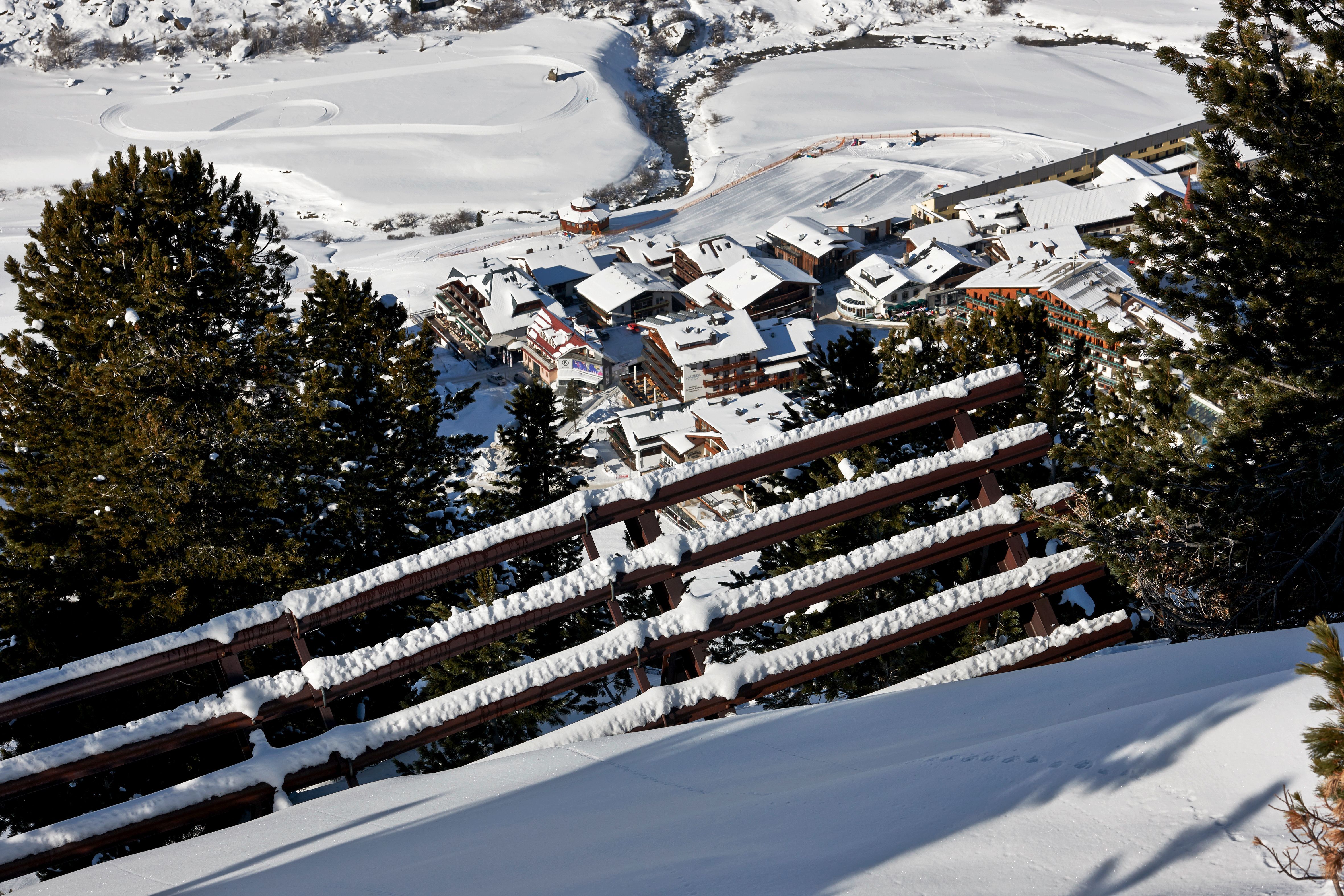Natural events like floods, avalanches or rockfall have occurred ever since the development of the Alps. It is the presence of humans and their economic interest in Alpine valleys that make an elementary event a risk and a disaster.
"Man alone knows disasters, if he survives them. Nature knows no disasters." - Max Frisch
Whereas in the Middle Ages natural disasters were perceived as divine intervention, man, from the early 19th century onwards, has developed technologies and measures to actively combat danger. Extensive afforestation started and in 1884, in the period of the Habsburg monarchy, the Torrent and Avalanche Control was established according to the French system.
Other milestones on the path towards an integral natural hazard management by federal authorities were the foundation of the Geological Survey ("Geologische Reichsanstalt") and the Meteorological and Geophysical Service in the fifties of the 19th century. To date, these institutions and their successors are still dedicated to the observation of extreme natural events and the dangers associated with them.
Step by step the protection against alpine natural hazards became the responsibility of federal institutions. The threatening deforestation of Austria’s mountain regions that resulted from the exploitation of protective forests for mining and industrial purposes required the intervention of the public authorities. Forests that protected settlement areas against mudflows and avalanches were then declared protective forests by official notice and utilisation was put under state supervision.
In the 20th century a comprehensive system of natural hazard management developed gradually in Austria which includes all types of natural hazards and all fields of disaster prevention and disaster management. Through the close cooperation of many institutions - among them the Service of Torrent and Avalanche Control as a unit of the Federal Ministry of Agriculture, Forestry, Regions and Water Management, the Forestry Services of the Provinces, the Federal Agency for Water Management (hydraulic engineering), the Central Institute of Meteorology and Geodynamics, local fire brigades and civil protection authorities - and the implementation of comprehensive protective measures a high degree of safety for human living areas has eventually been achieved.
However, as a consequence of the economic development after World War II, human land-use has expanded significantly which means that there are still many places that are vulnerable to natural disasters.
In the late 20th century the concern about the limits of technical feasibility and the consequences of global change ushered in a new phase of development. Imminent risks are increasingly taken into account in human land-use and adaptation strategies are being developed. In Austria spatial planning and in particular the hazard zone mapping are important instruments for the sustainable development and building of settlement areas.
An important task of Austria’s authorities is also to raise people’s awareness and to communicate that natural hazards are part of the living area and the natural environment. There is no such thing as absolute security. However, the risk of natural hazards can be considerably mitigated through Protective Forest management, technical protection structures, land-use planning and measures in private life.

